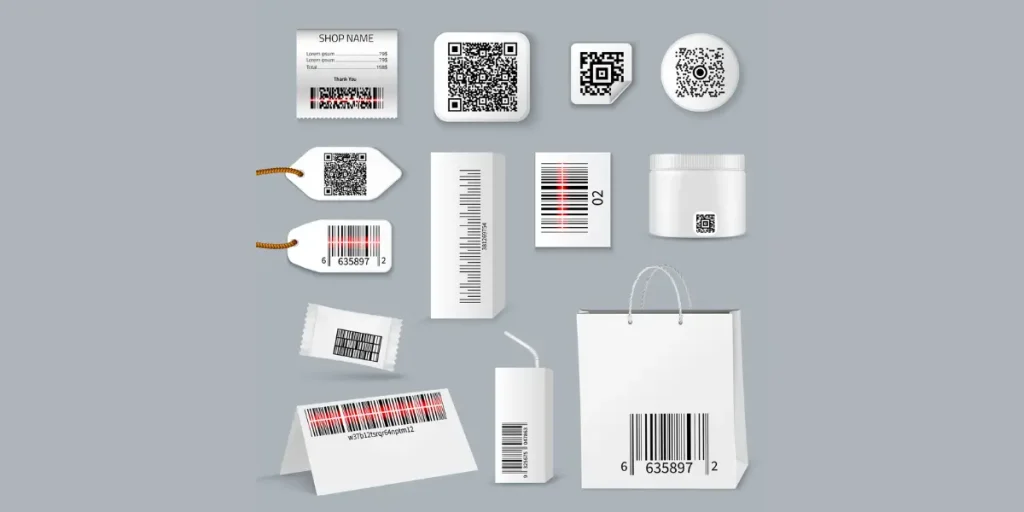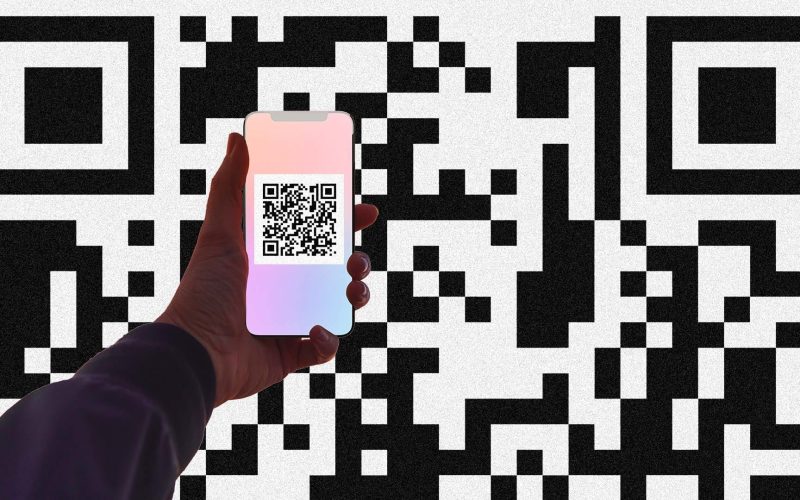In today’s fast-paced digital world, efficient asset management is crucial for organizations to maintain operational efficiency. QR labels have emerged as a powerful tool in this domain, offering a modern solution for tracking and managing assets.
This article delves into QR labels, exploring their significance, particularly in IT asset tagging, and how they can transform asset management practices.
What are QR Labels?
Definition and History
QR (Quick Response) codes are two-dimensional barcodes that can store more information than traditional barcodes. Developed in 1994 by Denso Wave, a subsidiary of Toyota, QR codes were initially designed to track automotive parts.
Over the years, their usage has expanded into various sectors, including marketing, inventory management, and IT asset tagging. Check out the comprehensive IT asset tagging article by bitFit to dive deeper beyond QR labeling.
bitFit IT asset management software offers extensive QR labeling and asset management support, ensuring a streamlined and efficient process.
Types of QR Codes
QR codes can be categorized into two types: static and dynamic. Static QR codes contain fixed information that cannot be changed once created
. They are suitable for scenarios where the data remains constant. Dynamic QR codes, however, allow the information to be updated without changing the code itself. This flexibility makes dynamic QR codes ideal for IT asset tagging, where asset information may need to be frequently updated.
Benefits of QR Labels in IT Asset Tagging

Efficiency and Accuracy
QR labels significantly enhance the efficiency and accuracy of IT asset management. Traditional methods of asset tagging, such as manual entries or barcodes, are prone to human errors. QR labels, however, can store detailed information and are easily scannable, reducing the risk of mistakes and improving data accuracy.
Cost-Effectiveness
Implementing QR labels is cost-effective in the long run. Although there is an initial investment in generating and deploying the labels, reducing labor and error-related expenses makes QR labels a financially sound choice. They also offer durability and longevity, further extending their cost benefits.
Enhanced Data Storage
One of the standout features of QR labels is their ability to store extensive information in a compact format. This can include asset details, purchase dates, maintenance schedules, and warranty information. A simple scan can provide comprehensive data for IT assets, streamlining management processes.
Real-Time Tracking and Management
QR labels facilitate real-time tracking and management of IT assets. When integrated with asset management software, they allow instant updates and access to asset information. This real-time capability is crucial for organizations to maintain an up-to-date inventory and manage their assets effectively.
Implementing QR Labels for IT Assets
Planning and Strategy
The first step in implementing QR labels is to develop a comprehensive strategy. This involves identifying which assets need tagging, determining the information to be encoded, and establishing a deployment timeline. A well-thought-out plan ensures a smooth implementation process.
Creating QR Labels
Several tools and software solutions are available for generating QR labels. These tools allow customization of the labels, including the design, size, and encoded information. Following best practices when designing QR labels is essential to ensure they are easily scannable and durable.
Deploying QR Labels
Proper deployment of QR labels is crucial for their effectiveness. Labels should be attached to assets in accessible yet protected locations to prevent damage. Ensuring the labels are durable and readable over time is key to maintaining their utility.
Data Management
Linking QR codes to an asset management database is essential for effective IT asset tagging. This involves ensuring the information encoded in the QR labels is accurate and regularly updated. Proper data management practices help maintain the integrity of the asset tracking system.
Tools and Software for QR Labeling
QR Code Generators
Numerous QR code generator tools are available, each offering different features. Popular options include QR Code Generator, QRStuff, and GoQR.me. When selecting a tool, it is important to consider factors such as ease of use, customization options, and integration capabilities with existing systems.
Asset Management Software
Integrating QR codes with asset management software enhances the functionality of QR labels. bitFit, Asset Panda, Snipe-IT, and ServiceNow support QR code integration, enabling seamless tracking and management of IT assets.
These platforms offer features like real-time updates, reporting, and maintenance tracking.
Best Practices for Using QR Labels in IT Asset Tagging

Consistency and Standardization
It is crucial to maintain consistency in the design and placement of QR labels. This ensures that all labels are easily recognizable and scannable. Standardizing the information stored in QR codes helps streamline the management process and improves data accuracy.
Security Considerations
While QR codes provide convenience, they can pose security risks if not properly managed. To protect sensitive asset information, it is essential to implement secure QR codes.
This can include encryption and access controls to ensure only authorized personnel can access the encoded data.
Regular Audits and Maintenance
Regular audits and maintenance checks are important to ensure that QR labels remain intact and functional. This includes inspecting the labels’ physical condition, verifying the encoded information’s accuracy, and updating the data as necessary.
Future Trends in QR Labeling for IT Asset Tagging
Technological Advancements
Emerging technologies are set to enhance the capabilities of QR codes further. Developments like near-field communication (NFC) integration, augmented reality (AR) overlays, and blockchain-based security features are poised to revolutionize QR labeling. These advancements will offer greater flexibility, security, and functionality for IT asset management.
Industry Adoption
As technology evolves, more industries will likely adopt QR labeling for asset management. The growing trend towards digital transformation and the increasing importance of efficient asset tracking will drive the widespread adoption of QR labels.
Predictions suggest that QR labeling will become a standard practice in asset management across various sectors.
Conclusion
QR labels offer a modern, efficient solution for IT asset tagging, providing numerous benefits such as enhanced accuracy, cost-effectiveness, and real-time tracking.
Organizations can significantly improve their asset management processes by implementing best practices and leveraging the right tools. As technology advances, QR labeling will continue to evolve, offering even greater possibilities for the future of asset management.





